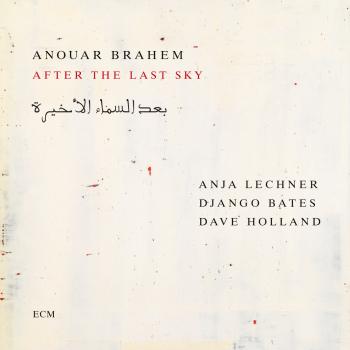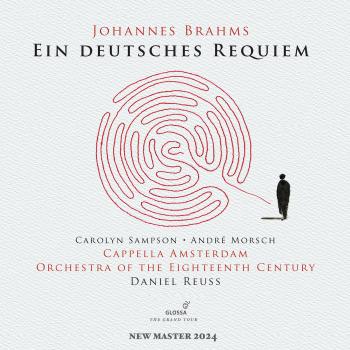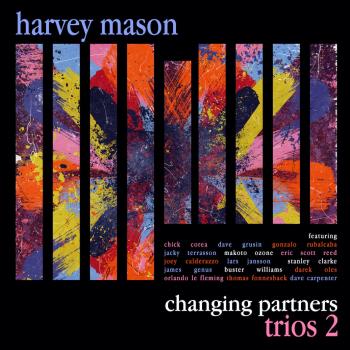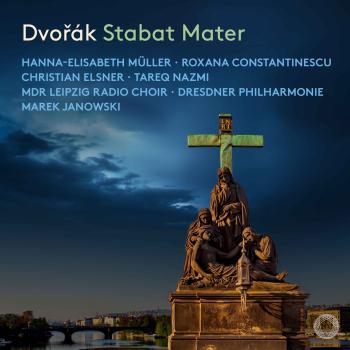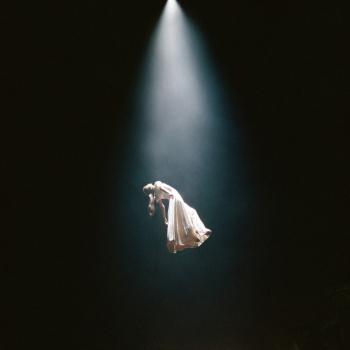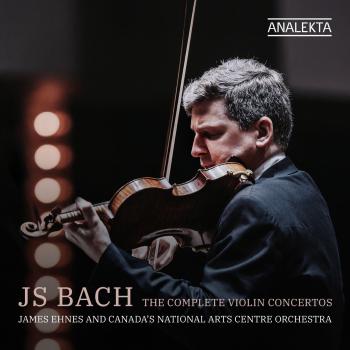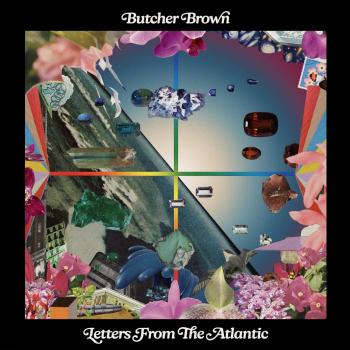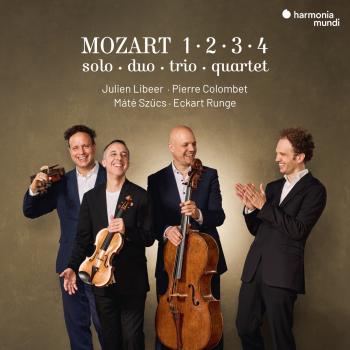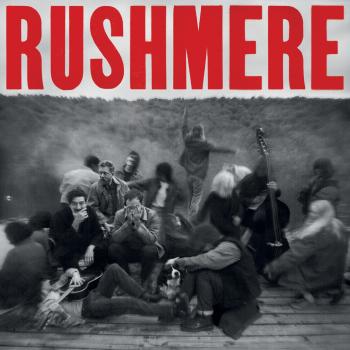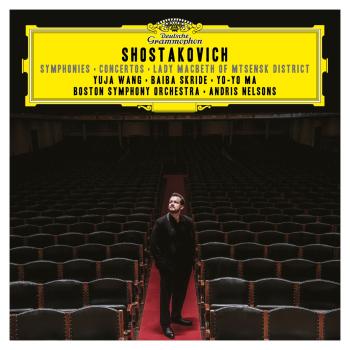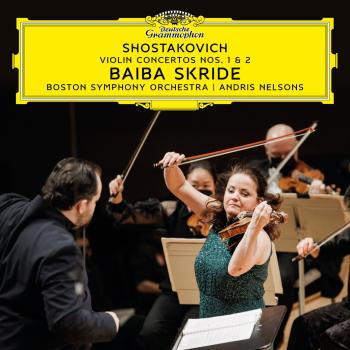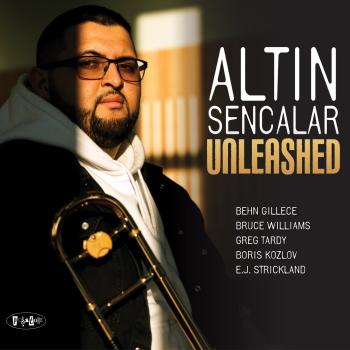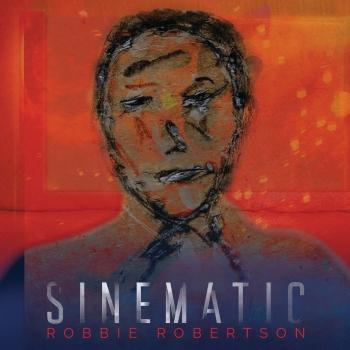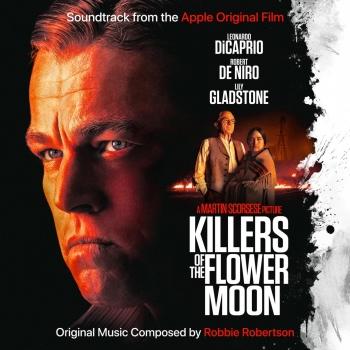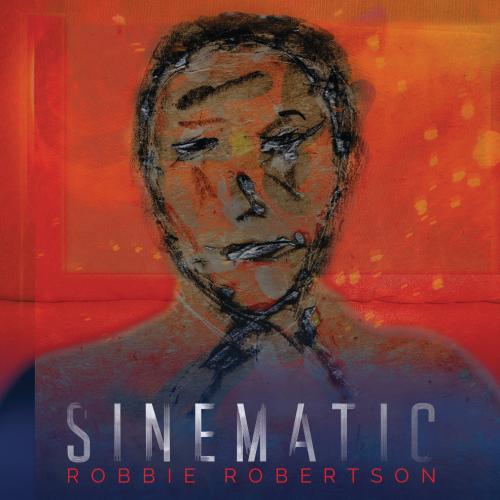
Sinematic Robbie Robertson
Album Info
Album Veröffentlichung:
2019
HRA-Veröffentlichung:
20.09.2019
Das Album enthält Albumcover
Entschuldigen Sie bitte!
Sehr geehrter HIGHRESAUDIO Besucher,
leider kann das Album zurzeit aufgrund von Länder- und Lizenzbeschränkungen nicht gekauft werden oder uns liegt der offizielle Veröffentlichungstermin für Ihr Land noch nicht vor. Wir aktualisieren unsere Veröffentlichungstermine ein- bis zweimal die Woche. Bitte schauen Sie ab und zu mal wieder rein.
Wir empfehlen Ihnen das Album auf Ihre Merkliste zu setzen.
Wir bedanken uns für Ihr Verständnis und Ihre Geduld.
Ihr, HIGHRESAUDIO
- 1 I Hear You Paint Houses 05:03
- 2 Once Were Brothers 04:25
- 3 Dead End Kid 03:59
- 4 Hardwired 03:59
- 5 Walk In Beauty Way 05:38
- 6 Let Love Reign 05:12
- 7 Shanghai Blues 03:51
- 8 Wandering Souls 02:34
- 9 Street Serenade 05:06
- 10 The Shadow 04:27
- 11 Beautiful Madness 04:30
- 12 Praying For Rain 04:12
- 13 Remembrance 05:29
Info zu Sinematic
Sinematic ist Robbie Robertsons sechstes Soloalbum. Es ist von der Filmwelt inspiriert und beschäftigt sich mit seiner eigenen, dramatischen Lebensgeschichte und seiner Faszination für die dunklen Seiten der menschlichen Natur.
Das Album wurde von Robertson selbst produziert und ist das erste Werk nach seinem letzten Album „How To Become Clairvoyant“ aus dem Jahr 2011, auf dem auch Eric Clapton mitgewirkt hat. des Songwriters seit der introspektiven Zusammenarbeit mit Eric Clapton im Jahr 2011. In den Jahren dazwischen widmete sich Robertson seiner Autobiographie „Testimony“ , komponierte Musik für die Dokumentation "Once Were Brothers" und vertonte "The Irishman", den kommenden Film von Regisseur Martin Scorsese mit Robert De Niro, Al Pacino, Joe Pesci und Harvey Keitel.
Inspiriert von seiner im Jahr 2016 veröffentlichten Autobiografie mit dem Titel „Testimony“, beleuchtet der unter der Regie von Daniel Roher entstandene Dokumentarfilm „Once Were Brothers“ die Anfangsjahre von Robertsons Karriere und die Gründung von The Band – eine der einflussreichsten Bands in der Geschichte der Popmusik. Der Film vereint unter anderem seltene Archivaufnahmen, Fotografien, ikonische Hits und exklusive Interviews mit etlichen Wegbegleitern und Freunden des Kanadiers, u.a. mit Martin Scorsese, Bruce Springsteen, Eric Clapton, Van Morrison, Peter Gabriel, Taj Mahal, Dominique Robertson und Ronnie Hawkins. Produziert wurde der von Imagine Documentaries, White Pine Pictures, Bell Media Studios und Shed Creative Film realisierte Dokumentarfilm von Andrew Munger, Stephen Paniccia, Sam Sutherland und Lana Belle Mauro, wobei Martin Scorsese auch zu den Co-Executive Produzenten des Films zählt.
Der dezente Film-Noir-Einschlag von „Sinematic“ setzt sich auch in einer Serie von Kunstwerken fort, die Robbie Robertson speziell zur Veröffentlichung der neuen LP angefertigt hat: Neben dem Cover-Artwork gibt es z.B. auch Bilder, die sich konkret auf sämtliche Songs des Albums beziehen. Thematisch von konkret (Porträts) bis abstrakt, reicht die visuelle Palette von expressionistischer Malerei bis hin zu experimenteller Fotografie. Eines der Bilder zeigt beispielsweise Robertsons eigene Pistole (eine Walther 9mm), „dieselbe Knarre also, die auch James Bond benutzt hat“, getaucht in Blutrot/Gold, was der Künstler mit einer bedrohlichen Figur kontrastiert. Bei einem anderen ist die Farbe so auf eine strukturierte Leinwand aufgetragen, dass sie wie eingebrannt wirkt.
Robbie Robertson, vocals, guitar
Pino Palladino, bass
Derek Trucks, guitar
Frédéric Yonne, guitar
Doyle Bramhall II, guitar
Jim Keltner, drums
Chris Dave, drums
Van Morrison, vocals
Glen Hansard, vocals
Citizen Cope, vocals
J.S. Ondara, vocals
Laura Satterfield, vocals
Howie B., DJ, producer
Martin Pradle, keyboards
Felicity William, vocals
Afie Jurvanen, guitar, backing vocals
Robbie Robertson
has a long history as an American popular music innovator, and he was one of the premier songwriters of the rock era of the late 1960s and early 70s. Born in Toronto, Canada, the son of a Jewish father and Mohawk mother, Robertson was exposed to Native music and country music as a child. He learned guitar and wrote songs from an early age, and in 1958 at the age of 15 joined the Hawks, the backup band for rockabilly star Ronnie Hawkins. Robertson and the Hawks stayed with Hawkins until 1963, when they began working on their own and soon came to the attention of Bob Dylan. He hired them as the supporting band for his legendary 1965–1966 world tour, when he literally “electrified” the folk and rock worlds by going electric. Robertson and his band mates—Levon Helm, Rick Danko, Garth Hudson, and Richard Manuel—quite literally provided the electricity for Dylan’s influential new sound.
Robertson and the other musicians subsequently renamed themselves “The Band” and became one of rock’s seminal acts. They made a series of influential records, starting with 1968’s Music From Big Pink and the following year’s masterpiece, The Band. Many of The Band’s best songs—most written by Robertson—featured evocative examinations of American mythology and lore. The Band dissolved on Thanksgiving Day, 1976 following an all-star concert filmed by director Martin Scorcese and later released as The Last Waltz. The film was re-released in 2002 and is considered one of the great rock performance films and documentaries of the era.
After the breakup of The Band, Robertson pursued a successful career in the 1980s, writing film scores for such films as “Raging Bull” (1980), “King of Comedy” (1983), and “The Color of Money” (1986). He also produced and starred in a film called “Carney” (1980) which featured Jodie Foster and Gary Busey. Robertson returned to making albums in 1987 with a self-titled solo album, and in 1990 with an album about New Orleans called Storyville.
In 1994, Robertson returned to his roots, teaming up with a number of talented contemporary Native American artists loosely called “The Red Road Ensemble” to produce an album for a television documentary series. The album, Music for The Native Americans, was a milestone, for it brought to light for a mass audience a new musical genre: contemporary Native American music. The album allied Robertson’s considerable songwriting, production, and performance talents with the work of several other prominent Native American artists, including female vocal trios Ulali and Walela, performers Jim Wilson, Dave Pickell, and Douglas Spotted Eagle, and a Canadian First Nations band called Kashtin.
Dieses Album enthält kein Booklet

